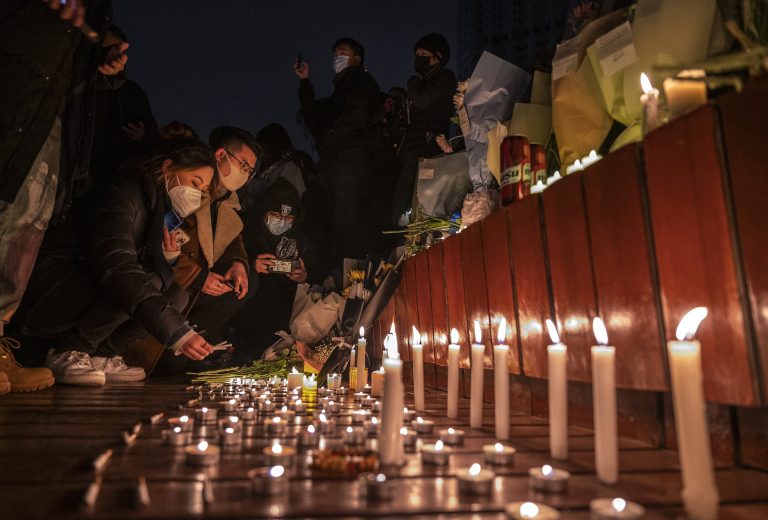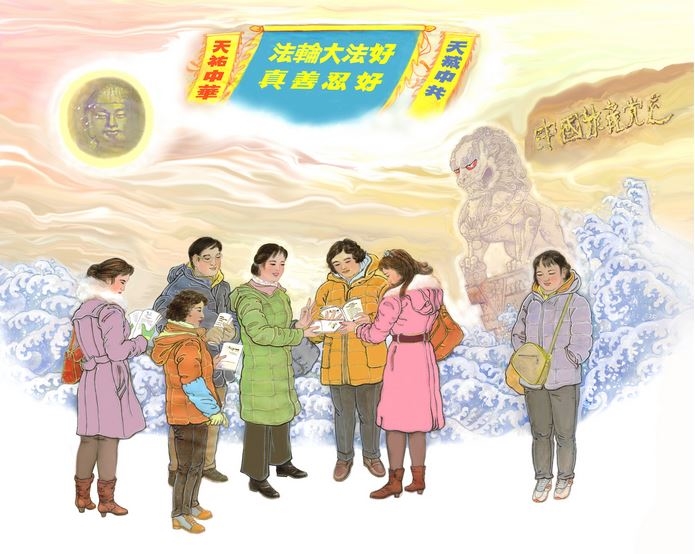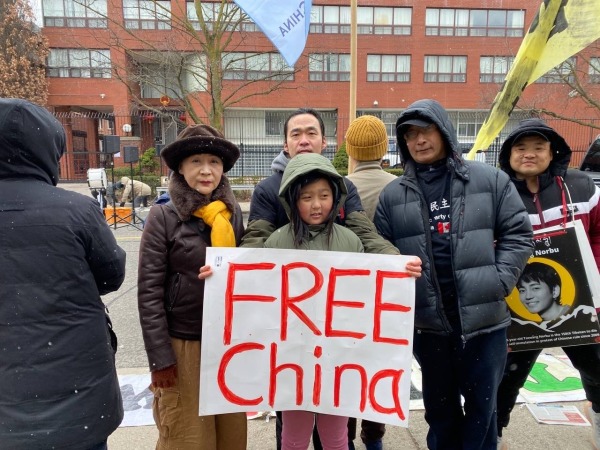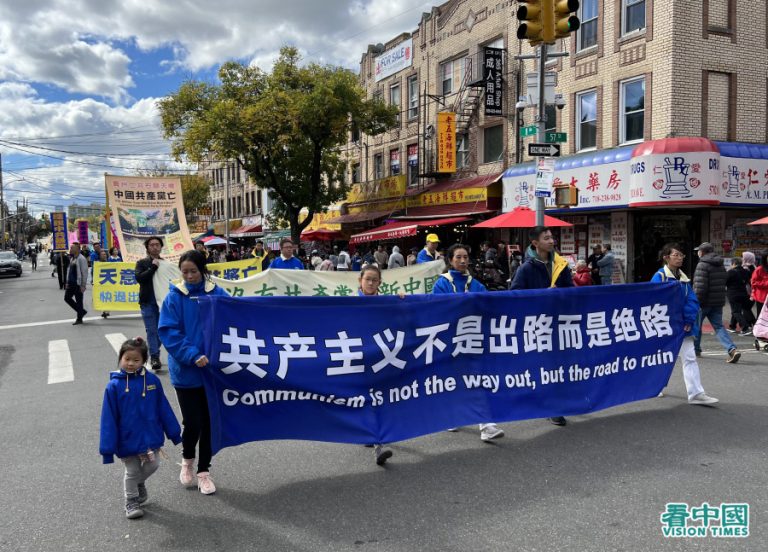Vision Times Editorial Staff
The novel coronavirus pandemic has ripped through China in recent weeks, with leaked details from an internal meeting of the country’s National Health Commission estimating 248 million COVID-19 infections in the first 20 days of December. Over half of Beijing, which is home to 21 million, had contracted COVID-19.
It’s a shock for much of the Chinese population, which has long been told by the ruling communist regime — which in 2020 spent precious weeks covering up the initial outbreak spreading out of Wuhan in the central province of Hubei — that China’s pandemic response was unsurpassed worldwide.
Yet despite nearly three years of stringent restrictions meant to help the Chinese Communist Party (CCP) win its “people’s war” on the pandemic, the so-called “zero-COVID” policy not only managed to wreak havoc on China’s already-struggling economy and alienate millions of ordinary citizens — it also failed to control the virus.
Cracks were already showing in the Party’s attempts to liquidate SARS-CoV-2 (the pathogen that causes COVID-19 and which first appeared in Wuhan city in late 2019) with the desperate lockdowns of China’s largest and most productive cities — perhaps most spectacularly demonstrated in the “Shanghai Spring” that brought the massive port to a near-complete halt earlier this year.
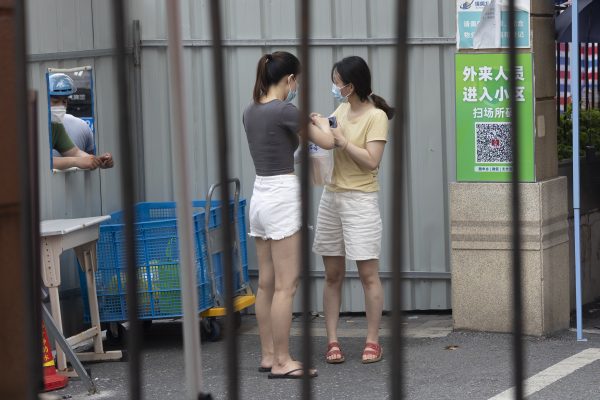
Success
You are now signed up for our newsletter
Success
Check your email to complete sign up
In October, Chinese officials began hinting at coming changes to the stringent pandemic measures, and after leader Xi Jinping assumed a third term as head of the CCP, the regime began openly toning down “zero-COVID.”
Following more than 100 major protests in dozens of cities in late November, Beijing abruptly scrapped most restrictions; likewise, Party media shifted their stance on COVID-19, downplaying the effects of the disease. The leadership has also talked up the need to urgently reopen the economy and boost consumptions.
The massive resurgence of infections and deaths across China following the lifting of “zero-COVID” restrictions have led to a popular impression that the Party’s decision to scrap its pandemic measures are responsible for the recent chaos.
But on Dec. 14, Michael Ryan, executive director of WHO’s Health Emergency Plan, told reporters in Geneva that COVID-19 infections were exploding in China well before the government decided to abandon its strict “zero-COVID” policy, and that the virus was spreading “intensively” in the nation long before the restrictions were officially lifted.
Likewise, in line with Ryan’s statements, on Dec. 19, a Chinese regime insider told Radio Free Asia (RFA) that a serious outbreak had overwhelmed China’s medical system by mid-October. However, the event was covered up due to the need to maintain stability during the regime’s 20th Party Congress.
According to the insider, many elderly patients had died as a result of contracting the coronavirus in Beijing hospitals.
CCP elites die amidst pandemic, mass protests
Though not publicly announced as deaths from COVID-19, dozens of prominent CCP members and public figures have succumbed to health issues in recent weeks, including media workers, academicians, scientists, and artists.
Dozens of leading health experts have also died; while many doctors, nurses, and other hospital staff have continued to work even whilst infected and suffering symptoms from COVID-19.
On Nov. 30, as thousands of Chinese protested in the streets demanding the end of “zero-COVID,” former CCP general secretary Jiang Zemin died in Shanghai. State media reported that his cause of death was organ failure due to leukemia.
On Dec. 15 and 16, the CCP held its central economic work conference. In addition to shortening this year’s meeting from three days to two, Hong Kong media also noted based on China Central Television (CCTV) footage, that roughly 20 senior CCP officials in Beijing were absent from the meeting.
Zhao Leji, the third-most senior official in the Politburo, was also conspicuously absent from a central rural work conference held Dec. 23 and Dec. 24.
While most of the deceased were retired or elderly, the many deaths in such a short time have grabbed public attention, as have the deleterious policies of the CCP concerning epidemic control and its governance in general.

The Weibo account “National Policy Think Tank” published a post on Dec. 23. It reported that on Baidu, the Chinese equivalent of Google, “among the 30 hot searches on its “Hot Search List” on Dec. 22, 5 items are those concerning the death of a well-known figure.”
And during the mass demonstrations of late November, many protesters held up blank sheets of A4 printer paper to satirize the regime’s suppression of free speech. Because of this, the protests earned the popular name “Blank Paper Movement.”
Others chanted slogans demanding the CCP and Xi Jinping step down; one man with a megaphone in Beijing suggested that communism itself was an unwanted “foreign force” bringing disaster to the Chinese people.
Adherents of Falun Gong, the Chinese spiritual practice that the CCP has spent more than 20 years trying to eradicate, have also used the pandemic as a means of exposing the Party’s misrule, while reminding the people of traditional faith and virtues.
In March 2020, as COVID-19 was spreading worldwide, Falun Gong’s founder Master Li Hongzhi wrote:
“A pandemic like the current ‘CCP Virus’ (Wuhan Pneumonia) has come with a purpose and with a target. It has come to eliminate the followers of the evil Party and those who go along with the evil CCP.”
“So, what can be done? Stay far away from the evil CCP and don’t align with the evil Party because what lies behind it is the red demon. Its behavior and actions are thuggish, and it stops at no evil.”
Since 2004, Falun Gong practitioners in China and abroad have encouraged Chinese people to renounce their ties to the CCP, creating a massive peaceful movement across the country. This August, the number of those who rejected their oaths made to serve the Party exceeded 400 million.



